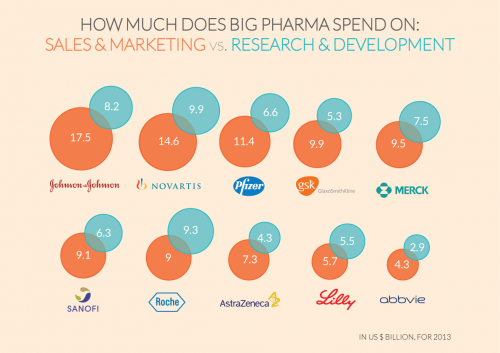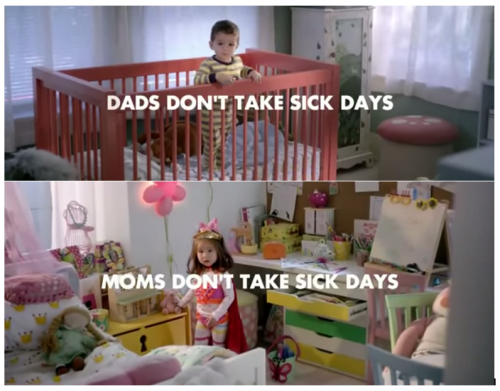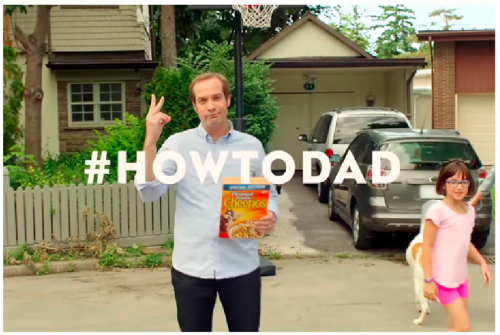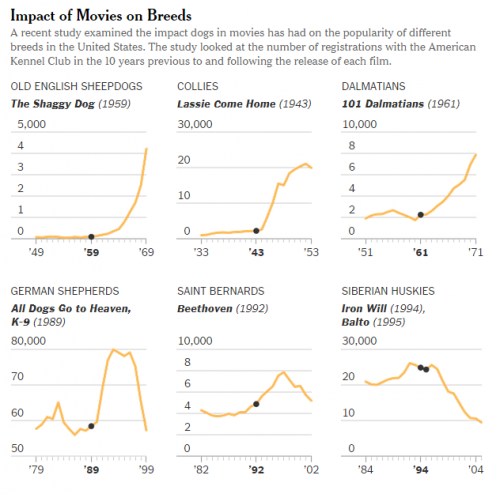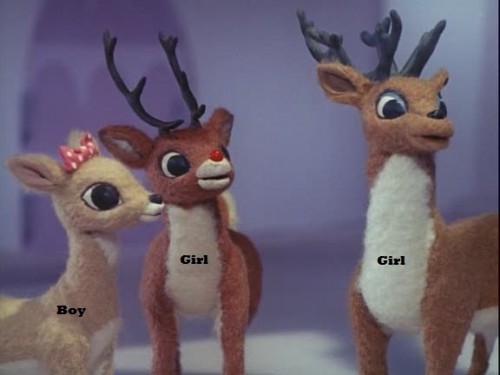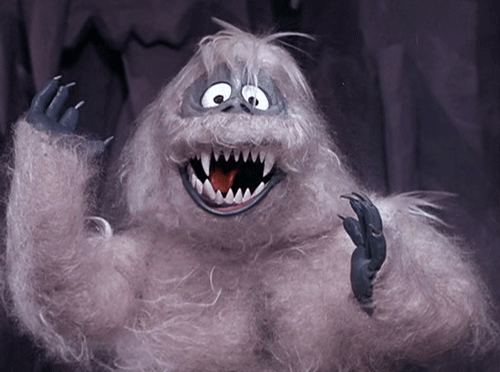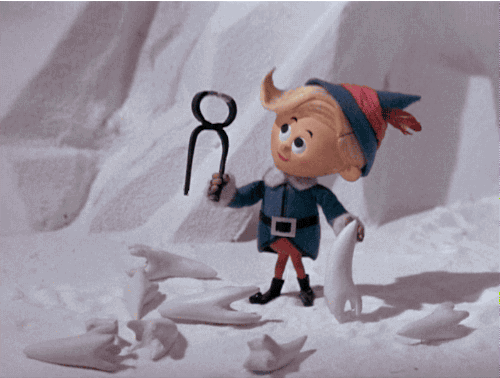Strawberry shortcake, chocolate covered strawberries, strawberry daiquiris, strawberry ice cream, and strawberries in your cereal. Just delicious combinations of strawberries and things? Of course not.
According to an investigative report at The Guardian, in the first half of the 1900s, Americans didn’t eat nearly as many strawberries as they do now. There weren’t actually as many strawberries to eat. They’re a fragile crop, more prone than others to insects and unpredictable weather.
In the mid-1950s, though, scientists at the University of California began experimenting with a poison called chloropicrin. Originally used as a toxic gas in World War I, scientists had learned that it was quite toxic to fungus, weeds, parasites, bacteria, and insects. By the 1960s, they were soaking the soil underneath strawberries with the stuff. Nearly every strawberry field in California — a state that produces 80% of our strawberries — was being treated with chloropicrin or a related chemical, methyl bromide.
In the meantime, a major grower had collaborated with the University, creating heartier varieties of strawberries and ones that could be grown throughout the year. These developments doubled the strawberry crop. This was more strawberries than California — and the country — had ever seen. The supply now outpaced the demand.
Enter: Strawberry Shortcake.

Strawberry Shortcake was invented by American Greetings, the greeting card company. She was created in cahoots with the strawberry growers association. They made a deal, just one part of a massive marketing campaign to raise the profile of the strawberry.
The head of the association at the time, Dave Riggs, aggressively marketed tie-ins with other products, too: Bisquick, Jello, Corn Flakes, and Cheerios. Cool Whip still has a strawberry on its container and its website is absolutely dotted with the fruit.

Riggs went to the most popular women’s magazines, too — Ladies’ Home Journal, Redbook, and Good Housekeeping — and provided them with recipe ideas. It was an all out strawberry assault on America.
It worked. “Today,” according to The Guardian, “Americans eat four times as many fresh strawberries as they did in the 1970s.” We think it’s because we like them, but is it?
Lisa Wade, PhD is an Associate Professor at Tulane University. She is the author of American Hookup, a book about college sexual culture; a textbook about gender; and a forthcoming introductory text: Terrible Magnificent Sociology. You can follow her on Twitter and Instagram.

